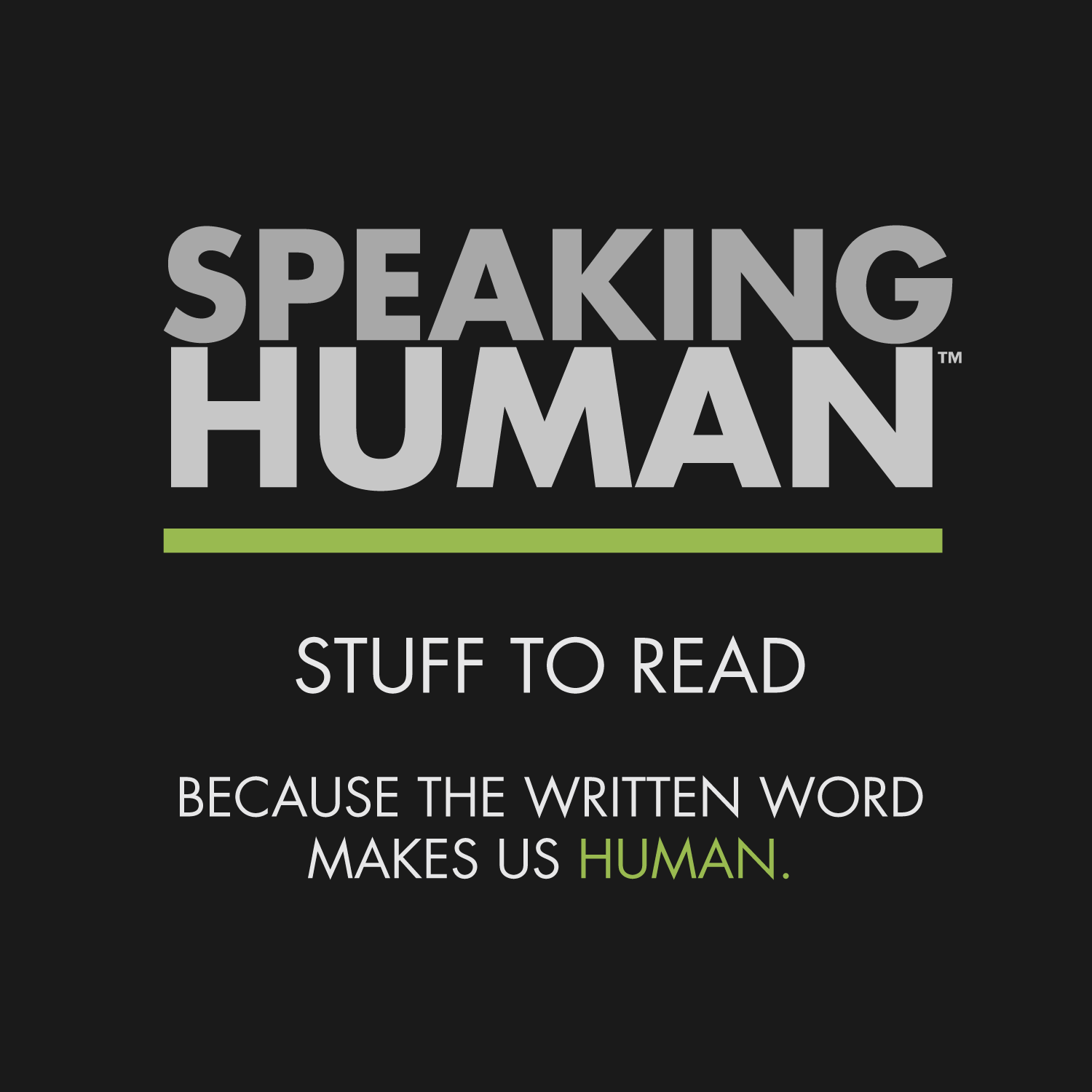Is Your Online Marketing Content Rich With Subtext?
Creeping below the surface of all your Web marketing content, there is a powerful force. (Or there should be anyway.) This force influences potential customers or clients far more than any noun, verb or adjective on the page. Sure, good writing helps to engage readers. But the invisible force is what really sticks with them. I’m talking about… duh duh duh… subtext.
What in the name of King Kong is “subtext”?
Subtext is the unspoken meaning behind what we say. It’s the message underneath our words. For example, take this exchange between a boss and an employee:
Boss: This coffee pot’s not working again.
Employee: Maybe you’re overworking it.
Boss: Well, it should be able to handle the work. That’s it’s job.
Employee: Maybe it could handle the work a little better if you just gave it a break every once in a while.
They’re talking about a coffee pot, but that’s not the message. The underlying idea here is the employee feels overworked and the boss feels the employee is not pulling his or her weight. That’s subtext. It’s what we take away even though it’s never explicitly stated.
Subtext plays a key role in your online marketing
Your marketing content – whether provided through a blog, white papers, case studies, social media, etc. – should provide valuable information to customers. That’s what people expect from business content. They want something that is useful to them (which is why they started reading your content in the first place – they perceived it might have value). You need to deliver that to them. That is the TEXT.
But giving away free information is not why you are in business. If it was, you probably wouldn’t be in business very long. You are providing this information to sell your product or service. Unfortunately, most people don’t want to be bombarded with promotional copy. It’s a turn off. That’s where SUBTEXT comes in. Subtext doesn’t magically appear. You need to make a strategic effort to work it into the copy.
Here’s an example. This is an excerpt from a marketing company white paper entitled “10 Ways Social Media Strategy Will Boost Your Bottom Line”:
10. Facebook Deals
When integrated properly into social media strategy, Facebook deals can have a major impact. Through a campaign we developed for Company X, we ran a promotion to attract new likes to their Facebook page. Every person who liked the page was offered a discount code to purchase a product from the company. 42% of individuals who received the coupon code, used it. That added up to a significant number of new customers who (1) purchased from the company and (2) signed up for weekly emails.
That’s the text. It tells you something. Provides valuable information. Maybe even gives you an idea you can use. The subtext is that this company provides social media services. They have experience creating successful social media campaigns. They have worked with major companies. They know how to effectively integrate strategy. All that information is in that paragraph even though it’s never specifically stated.
That’s the beauty of subtext. People will take away your message without you banging them over the head with it. Ask yourself with all your online marketing copy: Is there a way I can make my message clear without explicitly stating it? Because subtext will always have a far greater impact than text alone.







